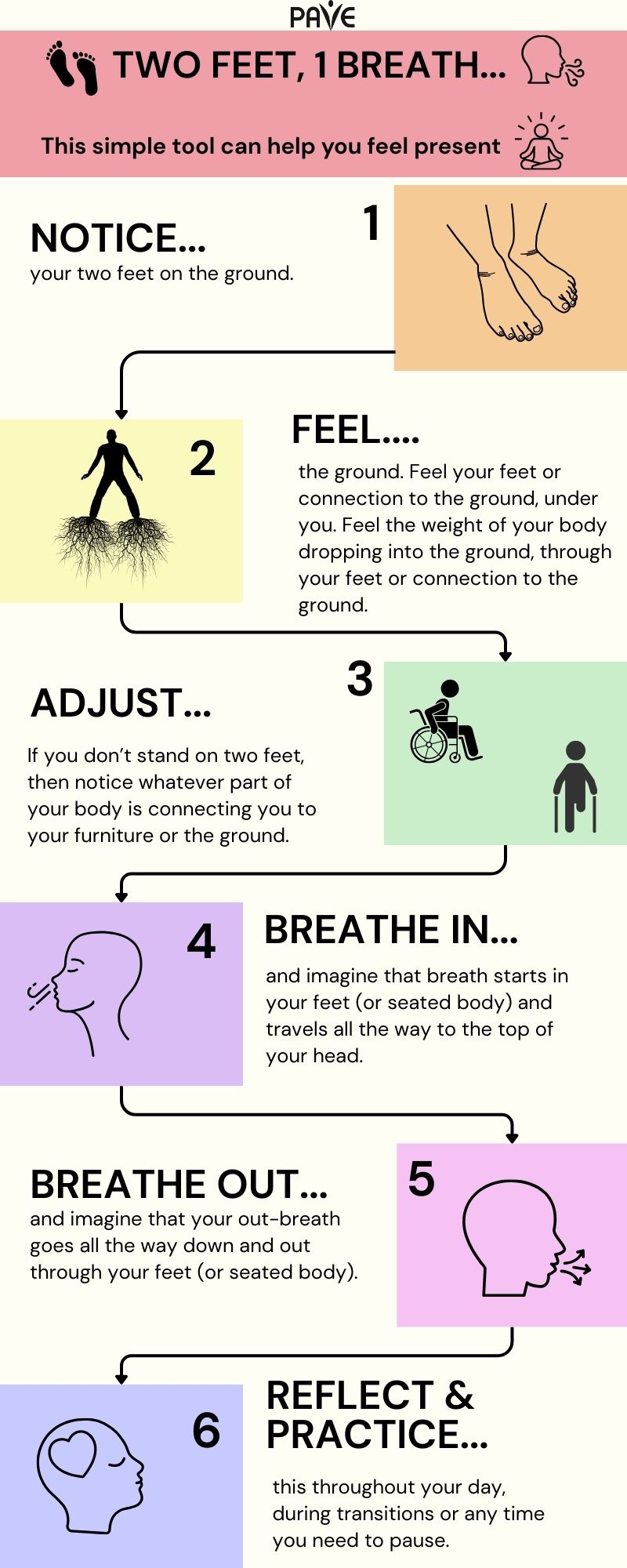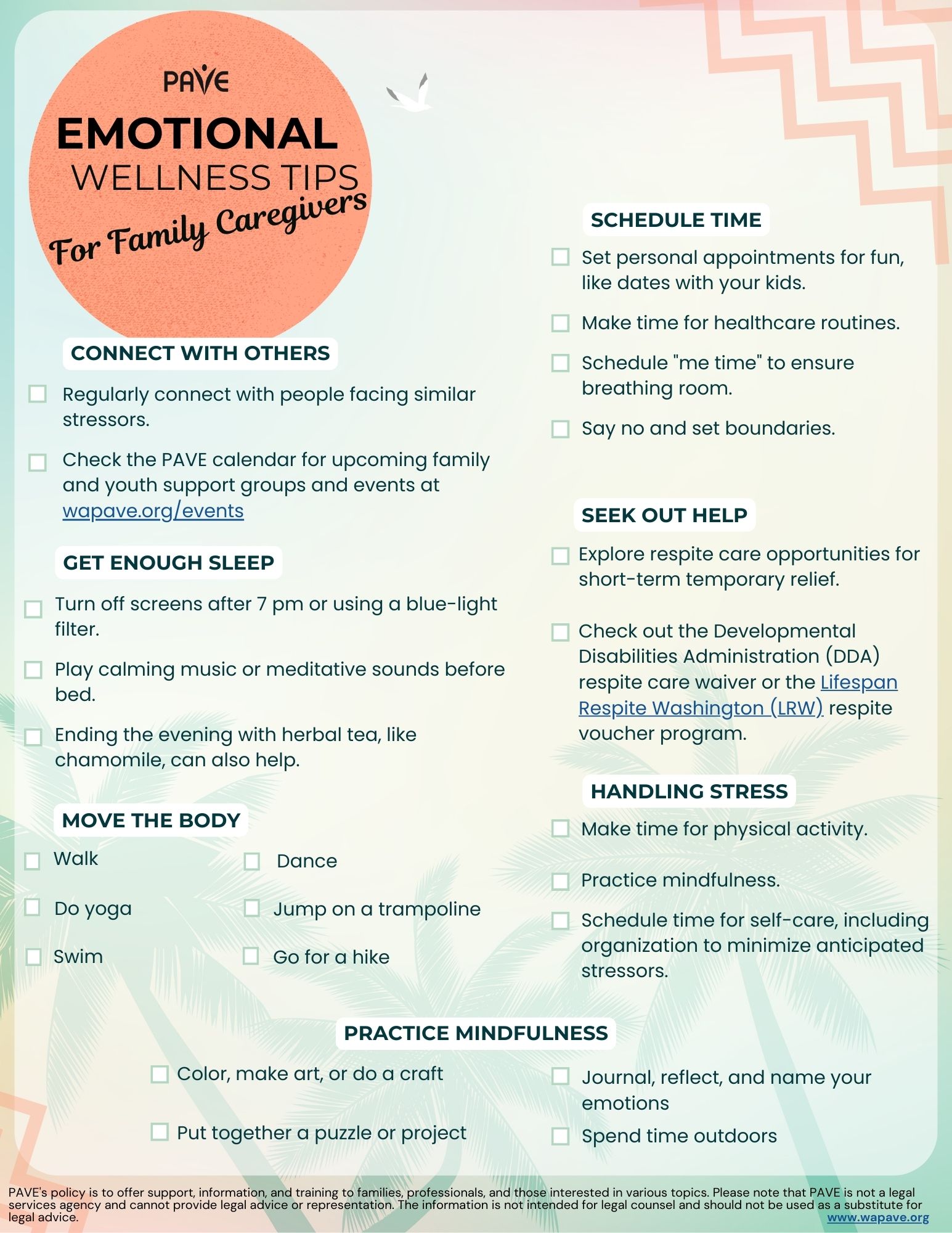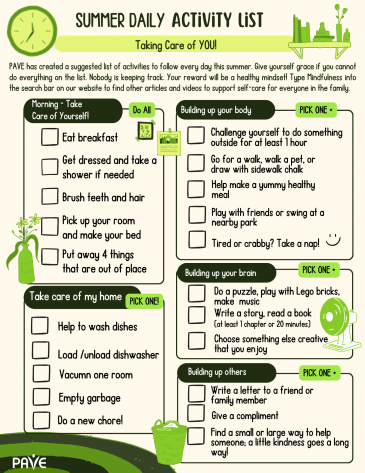A Brief Overview
- The Adolescent Behavioral Health Care Access Act, passed into law by the Washington Legislature in 2019, gives parents and providers more leverage in treating a young person who will not or cannot independently seek medical help for a behavioral health condition.
- The Washington State Health Care Authority (HCA) hosts website links with information about the law, which allows Family Initiated Treatment (FIT). The landing page includes an email address: hcafamilyinitiatedtreatment@hca.wa.gov.
- Access to FIT is a topic of the state’s Children and Youth Behavioral Health Work Group. CYBHWG supports several sub-work groups, including one focused on school-based services and suicide prevention. Information about group membership, public meetings, resources, events and training is available on the HCA website.
- If a person ages 15-40 is newly experiencing psychosis, Washington offers a wraparound-style program called New Journeys. This website link includes access to a referral form.
Full Article
Getting mental health help for a youth in crisis can be complicated, frustrating, and frightening.
Mental Health America ranks states based on the incidence of mental illness and access to services. The 2022 youth rankings list Washington 39th in the nation. Various measures indicate a high prevalence of major depression, substance use disorder, and/or emotional disturbance as a category of disability on the Individualized Education Program (IEP). Barriers to treatment consider insurance as well as availability of services.
Sometimes a barrier to treatment involves a complicated balance of youth autonomy and parental responsibility. The most severe psychiatric conditions often include a symptom called anosognosia, which blocks the brain’s ability to see the impairment or understand why professional help could be of benefit. In youth whose brains are still forming, symptoms that impact insight and choice-making are particularly problematic.
New Journeys is an option when psychosis is present
Sometimes anosognosia co-occurs with psychosis, which indicates a person has lost touch with reality. Delusions and hallucinations may be present. If a person is newly experiencing psychosis, Washington offers a wraparound-style program called New Journeys: This link provides access to information for clients and families and includes an online referral form.
Causes of psychosis are the subject of ongoing research, but some theories suspect the brain is trying to make sense out of a world that does not make sense. Synapses fire errantly, and the brain tries to organize them into stories to calm itself. Synaptic loops get built during these firestorms of neural activity, and the stories that emerge become reality to the person whose brain is narrating the experience, even if they are untrue or grounded in false perceptions. Choice-making in the empirical world is often compromised.
Family education about psychosis is an aspect of New Journeys, which is for youth and adults ages 15-40 who have experienced psychotic symptoms for more than or equal to 1 week and less than or equal to 2 years. Staff from the University of the Washington contribute support to the state’s New Journeys program, which is offered in various but not all regions of the state.
University staff also support a program called Psychosis REACH, which provides evidence-based skill-building for relatives and friends of individuals with psychotic disorders. The practices are based in cognitive behavioral therapy (CBT). The program’s website includes information about training opportunities and resources.
Age of Consent in Washington is 13
In Washington State, the age of medical consent is 13. That means that a person 13-17 years old can independently seek medical treatment, without the consent or knowledge of parents.
Age of consent laws also have meant that Washington youth could say no to behavioral health treatment, regardless of whether parents and providers agreed that such treatment was necessary to protect the safety and well-being of the adolescent. Exceptions are made when there is a threat of imminent danger or grave disability due to psychiatric deterioration. Read on for more information about involuntary treatment/commitment.
The Adolescent Behavioral Health Care Access Act, passed by the Washington legislature in 2019, gives parents and providers more leverage when a young person is struggling with behavioral health and does not independently engage with treatment. The law allows parents/caregivers to bring a youth, ages 13-17, to a provider for evaluation without requiring consent from the youth.
The law includes elements introduced by the state Senate and House of Representatives, which originally titled the bill as HB 1874. In 2020, passage of HB 2883 added residential treatment as an additional option under Family Initiated Treatment (FIT).
The law does not limit an adolescent’s ability to initiate treatment on their own.
Parents have felt shut out of their teenager’s care
A January 8, 2020, article in Crosscut profiles several families impacted by the new law. “Until the new law,” the article states, “parents often were shut out of their teenager’s care and treatment plans and couldn’t push a teen toward necessary outpatient or inpatient care without their consent.”
Passage of FIT marks a win for the Children and Youth Behavioral Health Work Group, which studied and reviewed recommendations from a stakeholder advisory group authorized by the 2018 legislature. Final language in the law was impacted by family members, youth, clinicians, hospital staff and many others who met dozens of times.
“Parent” is broadly defined, and information sharing is more open
Under the law, the definition of parent is expanded to include a wide range of family caregivers, guardians and others who have authority to initiate treatment. The Revised Code of Washington (RCW 9A.72.085) provides standards for “subscribing to an unsworn statement” that can apply to a caregiver initiating treatment.
The law enables providers to share information with parents without an adolescent’s consent, if the provider determines that information sharing with family is in the best interests of the adolescent patient. A list of information-sharing guidelines is included below.
Note that parents retain the right to make medical decisions for children younger than 13, and adults 18 and older are responsible for medical decision-making if there is no guardianship.
In accordance with RCW 71.34.375, providers are required to provide notice to parents of all available treatment options, including Family Initiated Treatment. The state Health Care Authority provides a fact sheet to clarify those requirements.
Family-Initiated Treatment (FIT)
The FIT law allows a parent/caregiver to escort their adolescent child to certain licensed behavioral health facilities and request that a professional person examine the adolescent to determine whether treatment is medically necessary. That treatment might include outpatient, inpatient, or residential care.
According to the Health Care Authority (HCA), FIT is not a guarantee of immediate services, and no provider is obligated to provide services under FIT. Each provider has processes, procedures, and requirements pertaining to evaluation and admission to services. However, the only reason for not providing services cannot be the youth’s lack of consent (RCW 71.34.600).
If a facility covered by this law does not have a professional person available to perform the examination, the facility is not required to make staff available on demand. Additionally, if the professional determines the adolescent needs in-patient treatment but the facility does not have a bed available, the facility is not required to make a bed available. Included are those facilities that house children and youth under the Children’s Long-term Inpatient Program (CLIP). CLIP beds are generally subject to a waiting list and a multi-step referral process.
According to staff at Washington’s Health Care Authority, staffing shortages and other limitations within the behavioral health system have slowed implementation of the law. Families are encouraged to contact providers before taking an adolescent to a facility to determine if the provider has the capacity or ability to perform an assessment.
FIT in a community setting
If medical necessity is found by an outpatient provider who evaluates a young person brought into care through FIT, the provider is limited to 12 sessions over 3 months to attempt to work with the adolescent. If the young person still refuses to engage with treatment, then the period of Family-Initiated Treatment with that provider ends. The family at that point could seek treatment elsewhere.
State laws continue to encourage autonomy for young people, despite recognition that family involvement is important. According to the Revised Code of Washington (RCW 71.34.010):
“Mental health and chemical dependency professionals shall guard against needless hospitalization and deprivations of liberty, enable treatment decisions to be made in response to clinical needs in accordance with sound professional judgment, and encourage the use of voluntary services. Mental health and chemical dependency professionals shall, whenever clinically appropriate, offer less restrictive alternatives to inpatient treatment. Additionally, all mental health care and treatment providers shall assure that minors’ parents are given an opportunity to participate in the treatment decisions for their minor children.”
For children and youth eligible for Apple Health, Wraparound with Intensive Services (WISe) is Washington’s most intensive outpatient treatment. PAVE provides an article: WISe Provides Team-Based Services for Washington Youth with Severe Behavioral Health Disorders.
The Health Care Authority (HCA) maintains a website page with information about WISe in multiple languages. Families can discuss their options for FIT with WISe staff and HCA leadership.
FIT in a hospital setting
An inpatient or residential facility can detain the adolescent under Family-Initiated Treatment (FIT) if medically necessary for a mental health condition. In these settings, FIT may last up to 30 days. Then the adolescent must be discharged, unless:
- they agree to stay voluntarily, or
- a designated crisis responder (DCR) initiates involuntary commitment proceedings
What is required for involuntary treatment?
The Involuntary Treatment Act (ITA) can apply to persons of any age who are determined to be gravely disabled or at imminent risk of harm to self, others, or property. Under Ricky’s Law, community members of any age who are a danger or gravely disabled due to a drug or alcohol problem may be involuntarily detained to a secure withdrawal management and stabilization facility—also known as secure detox.
For substance use disorder treatment, due to Federal Privacy Laws, a parent/caregiver can only provide consent for an assessment. The youth would have to consent to the results of the assessment being shared with their parent/caregiver and volunteer for ongoing treatment if it is deemed medically necessary.
Guidance for Information Sharing
Federal law, 42 CFR Part 2, restricts information sharing related to substance use, and clinicians cannot share that information without a patient’s written consent, regardless of whether the substance use co-occurs with mental illness.
Providers have discretion in determining what information about mental health diagnoses and treatment is clinically appropriate to share with parents of an adolescent 13-17. A provider retains discretion in withholding information from family/caregivers to protect an adolescent’s well-being. In general, however, the Adolescent Behavioral Healthcare Access Act encourages sharing information to support collaboration between the clinical setting and home. Specifically, providers and families are encouraged to discuss:
- Diagnosis
- Treatment Plan and Progress
- Recommended medications, including risks, benefits, side effects, typical efficacy, dosages, and schedule
- Education about the child’s mental health condition
- Referrals to community resources
- Coaching on parenting or behavioral management strategies
- Crisis prevention planning and safety planning
To support family caregiving for individuals of all ages, the Washington State Hospital Association provides general guidance about exceptions to federal confidentiality laws (HIPAA): Permitted disclosures of mental health information and substance use disorder information without patient consent.
Family Support
For individualized, non-emergency support, please click Get Help and someone from PAVE will contact you. Family Voices of Washington, PAVE’s Family-to-Family Health Information Center, is another place for information and resources.
In addition to PAVE, here are places for family support:
- COPE (Center of Parent Excellence) offers support group meetings and direct help from lead parent support specialists as part of a statewide program called A Common Voice.
- Family, Youth, and System Partner Round Table (FYSPRT). Regional groups are a hub for family networking and emotional support. Some have distinct groups for young people.
- Washington State Community Connectors (WSCC) sponsors an annual family training weekend, manages an SUD Family Navigator training, and offers ways for families to share their experiences and support one another. With passage of HB 1800 in 2022, WSCC is working with the Health Care Authority to build a statewide website (Parent Portal) to help families navigate behavioral health services.
- Healthy Minds Healthy Futures is an informal network of family caregivers on Facebook. The group advocated for Family Initiated Treatment (FIT) and is part of the work to build the Parent Portal website.
Additional Resources
The Health Care Authority (HCA) provides a range of information about behavioral health services for children and youth, including this downloadable resource: Parent’s Guide to Family Initiated Treatment.
Families can direct specific questions to: hcafamilyinitiatedtreatment@hca.wa.gov. Please note that this business email is not intended for crisis response.
An agency called CaseText organizes links related to Family Initiated Treatment for direct access to various statutes.




